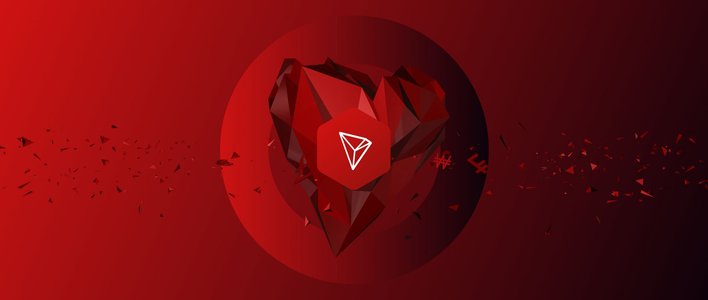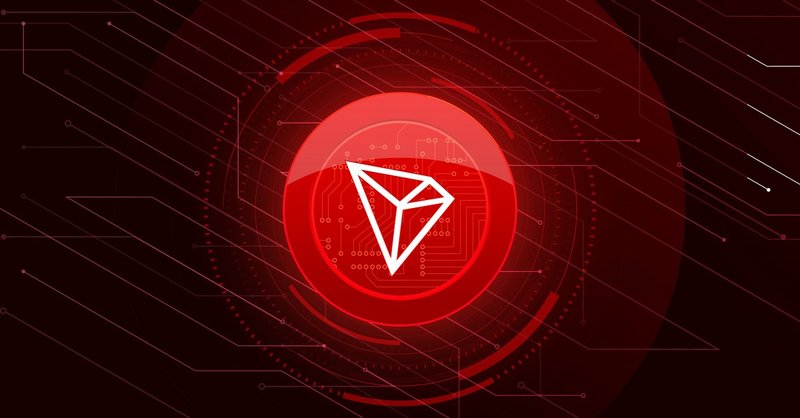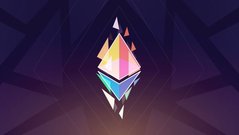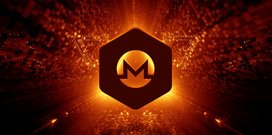Tron (TRX)
5 minutes
Advanced
Tron is a blockchain protocol that seeks to decentralize the network by creating a mutable, performance-oriented, open and comprehensive content exchange platform powered by smart contacts. Its self-proclaimed mission is to bring content creators and content consumers closer together by eliminating intermediaries. More specifically, Tron aims to become a complete operating system that can support all kinds of custom decentralized applications, also called dApps.
Launched at the height of cryptomania in 2017, Tron has since inspired a global group of investors and developers on how cryptocurrencies can change the Internet.
But if the goal of using blockchains to create a distributed network was common among the projects launched at the time, Tron distinguished its offering with messages that resonated even as criticism of its technology persisted.
For example, Tron was a rarity among cryptocurrencies launched in 2017 because it did not seek to advertise any advances in cryptography or network design.
Rather, the basic building blocks of Tron - decentralized applications, smart contracts, tokens, delegated consensus Proof-of-Stake - were developed by other projects before its launch. Tron even went so far as to make components of its technology compatible with Ethereum, prompting accusations that it went too far in borrowing its ideas.
Tron will be even more different from the Asia-focused go-to-market strategy, which relied heavily on its creator Justin Sun's publicity and translation of its technical documents into a wider range of languages than cryptocurrency projects typically target.
Tron began getting more attention in 2018 when the nonprofit organization spearheading its development, the Tron Foundation, acquired peer-to-peer network pioneer BitTorrent. This acquisition preceded the launch of the BitTorrent token on the Tron blockchain in 2019, giving Tron the ability to sell the new cryptocurrency to millions of existing users.
Creating
Tron was created by entrepreneur Sun Yucheng (Justin Sun), a two-time Forbes "30 Under 30" winner in Asia, in early 2017.
Having established a presence in China, San had previously founded audio content app Peiwo and in 2015 worked as an ambassador for Ripple, the for-profit company that runs the cryptocurrency XRP, before founding the Tron Foundation that same year.
Sun's business experience has attracted the attention of investors, including Clash of Kings founder Tan Binsen and the CEO of bike rental startup OFO Dai Wei.
These supporters, in turn, raised the profile of the project's ICO, which raised millions in cryptocurrency from the public using a token on the Ethereum blockchain.
In 2018, a second version of the white paper was released, further describing Tron technology.
How does Tron work?

Originally created as an Ethereum-based token, Tron finally transitioned to its own network in 2018.
Investors exchanging their Ethereum tokens for Tron TRX cryptocurrency participated in the process. (Ethereum tokens were subsequently destroyed).
General architecture
There are three levels of TRON architecture:
- Vaults - TRON's technical team has developed a unique decentralized blockchain-wide blockchain storage protocol and state vault. The notion of a graph was introduced into the structure of the storage layer, whose technology allows data to be stored in a more decentralized and secure manner.
- The core - this layer, in turn, consists of three modules: smart contracts, user account management and consensus.
- Applications - provides the ability to develop various applications using multiple programming languages. The main protocol uses Java, but other languages can also be used to create applications: Scala; C++; Python; Go.
The TRON protocol is fully compatible with Google Protobuf, which allows the use of a number of languages to create dApp applications.
Consensus
High power consumption and low transaction speed are the main problems faced by cryptocurrencies running on PoW (Proof-of-Work). Therefore, TRON developers decided to abandon PoW, and DPoS (Delegated Proof-of-Stake) was chosen as the consensus algorithm:
- Coin holders have the right to vote for the nodes that will be responsible for confirming transactions within the network, according to certain voting rules. The likelihood of being "elected" is affected by, among other things, the number of coins in the account. As a result of voting, the elected nodes receive the status of "Super representatives" (Super representatives). Voting is conducted according to rules that ensure an optimal balance between the creation of blocks and the number of "Super Representatives";
- Not only the "super-representatives" will be rewarded, but also the nodes that have not been selected, as well as the voters, i.e. the coin holders;
- "Superrepresentatives" who create the block will receive the highest reward of all ecosystem participants;
- The vast majority of the "superrepresentatives" are selected by voting, and a small number are selected automatically according to a certain algorithm.
TRX
TRON has its own token, TRX (Tronix), which is used to settle payments within the system as well as to pay rewards for blockchain creation. TRX is limited to 100 billion coins. Other popular cryptocurrencies - Bitcoin (BTC), Ethereum (ETH), Qtum (QTUM) - are also used as means of payment on the TRON platform.
The TRON ecosystem works with three tokens, each serving a different role:
- Tronix (TRX) is the main token used for settlements within the system.
- TRON Power (TP) is a token that gives you the right to vote. Interestingly, this type of token cannot be sold, but can be bought for TRX.
- TRON 20 (T20) is a token that allows application developers to issue their own tokens within the TRON platform.



